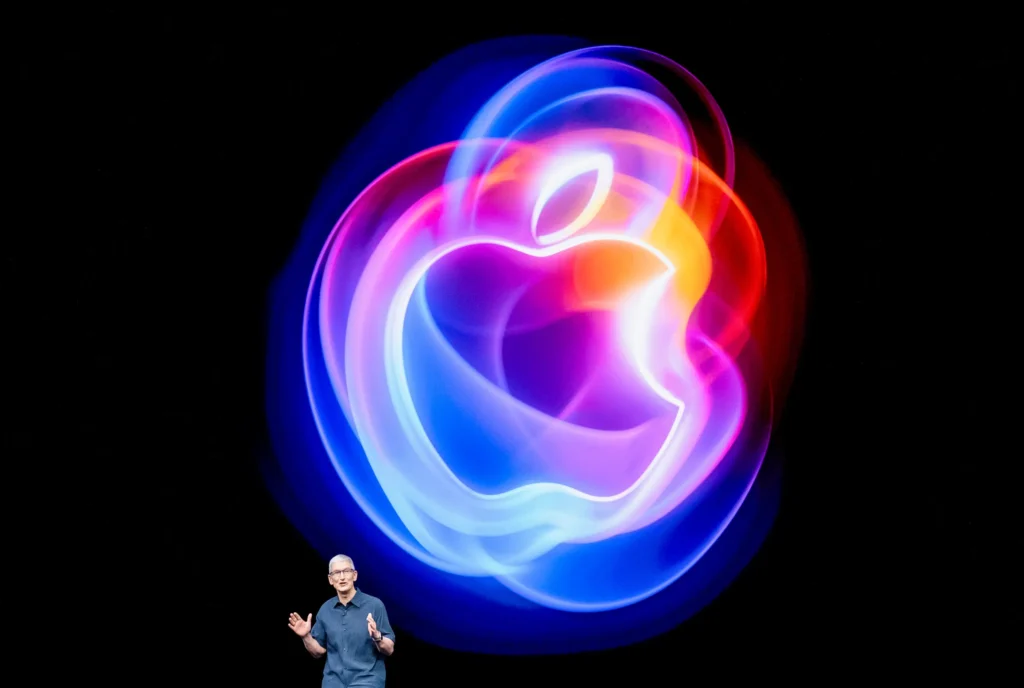Are you guilty of spending hours glued to the TV screen? You might want to rethink your TV time after learning about the alarming link between excessive TV viewing and rising myopia rates. Let’s dive into why this trend is a cause for concern and what steps you can take to safeguard your eye health in the digital age.
What is Myopia?
Myopia, commonly known as nearsightedness, is a vision condition where objects up close are clear while those in the distance appear blurry. It occurs when the eyeball is too long or the cornea is overly curved, causing light rays to focus in front of the retina instead of directly on it.
Individuals with myopia may find it challenging to see clearly at a distance but can read or use digital devices without difficulty. This refractive error often develops during childhood and can progress as one grows older if left uncorrected.
Symptoms of myopia include squinting, eye strain, headaches, and difficulty seeing distant objects clearly. Regular eye exams are essential for early detection and management of myopia to prevent further progression and potential complications in the future.
The Connection between Myopia and TV Viewing
Many studies have shown a significant link between myopia and excessive TV viewing. When we spend long hours in front of the screen, our eyes are strained as they focus intently on the images displayed. This constant strain can lead to the elongation of the eyeball, which is a common cause of myopia.
The blue light emitted by screens also plays a role in affecting our eye health. Prolonged exposure to this type of light has been found to contribute to an increased risk of developing myopia over time. Additionally, watching TV often leads to reduced blinking rates, causing dry eyes and further discomfort.
It’s essential for both children and adults alike to be mindful of their TV time to prevent potential eye issues down the line. By incorporating breaks, practicing good viewing habits, and engaging in other activities that promote eye health, we can help reduce the risks associated with excessive screen time.
Impact of Excessive TV Viewing on Eye Health
Excessive TV viewing has become a common habit in today’s digital age. Many of us spend hours glued to our screens, whether for entertainment or work purposes. However, this behavior can have a significant impact on our eye health, particularly when it comes to the development of myopia.
The constant strain placed on our eyes from staring at screens for prolonged periods can lead to symptoms like eye fatigue, dryness, and headaches. This is because focusing on a screen up close for an extended time puts extra stress on the eyes’ muscles and optic nerves.
Moreover, studies have shown a direct correlation between excessive TV time and the increasing rates of myopia worldwide. The blue light emitted by screens can also disrupt our sleep patterns and affect overall eye health in the long run.
To mitigate these effects, it’s essential to take regular breaks from screen time, practice good posture while watching TV or using devices, and ensure proper lighting in your environment to reduce eye strain. Prioritizing your eye health now can help prevent future complications related to myopia down the line.
Factors Contributing to the Rise in Myopia Rates
With the rise in technology, children and adults are spending more time indoors glued to screens. The increased use of smartphones, tablets, computers, and televisions has led to a decrease in outdoor activities. This lack of exposure to natural light can contribute to the development of myopia.
Additionally, prolonged periods of near work activities like reading or focusing on screens can strain the eyes and lead to myopia progression. Genetics also play a significant role in determining an individual’s susceptibility to developing myopia.
Moreover, environmental factors such as urbanization and higher education levels have been linked to increased myopia rates. Urban areas with limited green spaces may not provide enough opportunities for eye-relaxing activities outdoors.
Lifestyle choices such as poor diet and inadequate sleep can impact overall eye health and potentially exacerbate myopia development. It is essential to address these contributing factors to help combat the rising rates of myopia worldwide.
Prevention and Management of Myopia
Prevention and management of myopia are crucial in maintaining good eye health. To prevent the progression of nearsightedness, it’s important to limit TV time and screen exposure. Encouraging outdoor activities can also help reduce the risk of developing myopia. Additionally, regular eye exams are essential for early detection and intervention.
For those already experiencing myopia, corrective lenses such as glasses or contact lenses can provide clear vision. Orthokeratology, a non-surgical procedure using specialized contact lenses to reshape the cornea overnight, is another option for managing myopia.
In some cases, refractive surgery like LASIK may be considered under the guidance of an eye care professional. However, lifestyle changes and consistent eye care practices remain vital in preventing further deterioration of eyesight.
By adopting healthy habits and seeking timely interventions when needed, individuals can effectively manage their myopia and promote better overall eye health in the long run.
Alternative Activities for Children and Adults
Looking for alternative activities to reduce TV time and protect your eyes? For children, encourage outdoor play like biking, playing tag or kicking a ball around. These activities not only engage their bodies but also give their eyes a break from screen exposure.
For adults, consider hobbies such as gardening, painting, or cooking. Engaging in these hands-on activities can help reduce the temptation to spend excessive time in front of the TV or other screens. Additionally, adult coloring books have gained popularity as a relaxing and screen-free pastime that can benefit eye health.
Yoga and meditation are great options for both children and adults to relax the eyes and mind after prolonged screen use. These activities promote mindfulness and can help alleviate eye strain caused by excessive TV viewing.
By incorporating these alternative activities into daily routines, individuals of all ages can decrease their screen time while promoting better eye health.
Encouraging a Balanced Lifestyle for Better Eye Health
In order to combat the rising rates of myopia linked to excessive TV viewing, it is crucial to promote a balanced lifestyle that prioritizes eye health. Encouraging children and adults alike to engage in outdoor activities, limit screen time, and practice regular eye exercises can significantly reduce the risk of developing myopia.
By incorporating breaks during TV time or working on screens, individuals can give their eyes much-needed rest from prolonged exposure. Additionally, maintaining a healthy diet rich in nutrients like vitamin A and omega-3 fatty acids can support optimal eye function.
Remember, our eyes are precious organs that deserve proper care and attention. By making small changes to daily routines and promoting healthier habits, we can work towards a future where the predicted 50% affected by myopia in 2050 becomes an avoidable statistic rather than a reality. Prioritize your eye health today for clear vision tomorrow!
Visit QAWire for more such content



